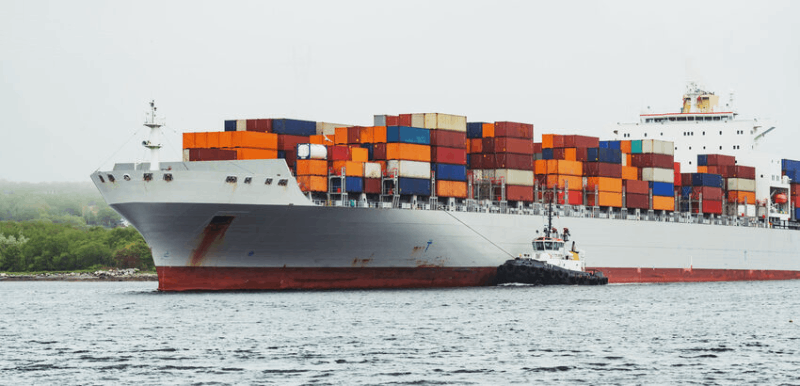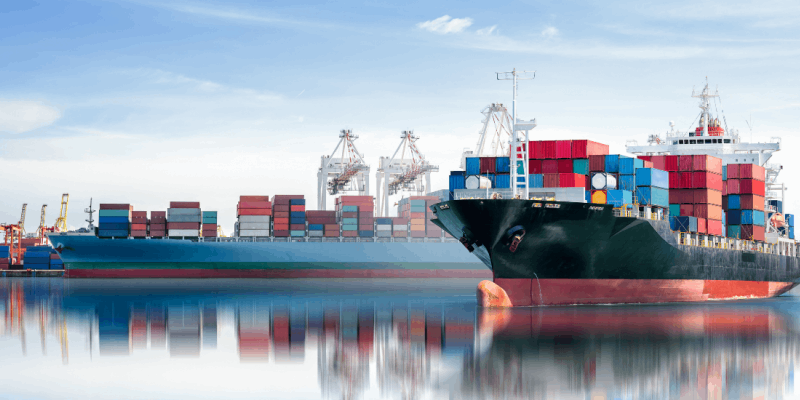Time:2021-09-01 Publisher:Kevin Num:6212

Recently, the ports on the west coast of the United States have been very "lively". However, this is not what you want to see - a large number of ships are waiting in line for arrival and unloading.
Some people say that American ports have never encountered such congestion before. The current congestion is more serious than when the ports were closed in 2002 and 2004. And it's getting worse.
According to records, in 2002 and 2004, the two largest ports in the United States, Los Angeles port and Long Beach port, were closed for 10 days and 8 days respectively
Now, because a large number of goods enter American ports, the port import system has reached its limit. Some experts predict that if this situation continues, there will be higher imports in the following months.
According to the data of the Southern California Maritime exchange, the number of ships staying in Los Angeles and Long Beach port is as high as 80, five times that of last year.
On the other hand, there are more ships waiting to enter the port at the anchorage, 50% more than those berthing in the port.
According to the analysis of relevant institutions, the import volume of containers will continue to rise in the next few weeks, and the import volume is expected to exceed 100000 next month.
The circulation speed of goods is faster than the replenishment speed of inventory, which exacerbates the port congestion

At present, the speed of commodity circulation in the market is increasing, and the speed of inventory replenishment is decreasing. This makes the inventory decreasing, which further aggravates the unloading pressure of the port.
In fact, the current inventory is higher than the level before the epidemic, but because the growth rate of sales is much higher than the replenishment rate of inventory, this ratio is lower than the level of the epidemic.
Some experts suggest that consumers should stock up a few months before Christmas to prevent the embarrassment of not receiving goods due to the accumulation of goods.
Generally speaking, the future situation may be that the berthing positions of the port are full, and a large number of ships need to wait at the anchorage for entry. The available space will be reduced and the cycle of cargo turnover will be extended.



